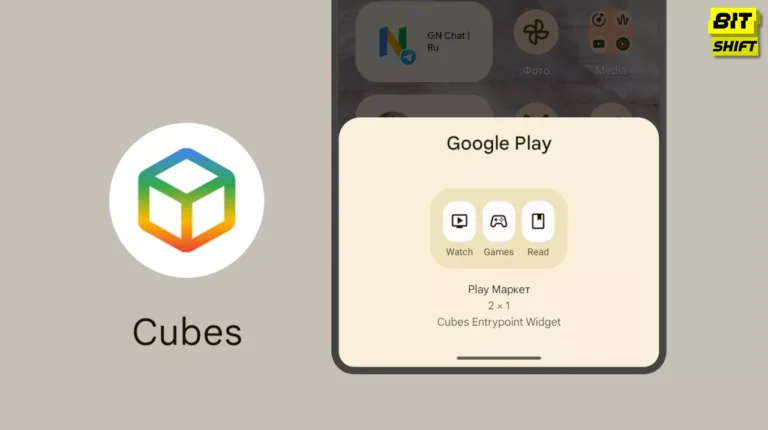
Summary
In a rapidly evolving media landscape, how we consume news is at an unprecedented pace. This article explores the shift from traditional media, such as television and print, to digital platforms, focusing on the rising influence of social media.
News is a constant in our lives, as inevitable as the sun’s rising and setting. Yet, how we consume news has undergone a significant transformation recently. A study by the Pew Research Center reveals that digital devices now outpace traditional media as our primary news source. Half of Americans sometimes get their news from social media, a paradigm shift that influences how stories are covered and people perceive unfolding events.
“News is consistent in that as long as humans and all their complexities exist, it will never stop happening. The ways we follow it, however, are changing quickly…”
The Rise of TikTok in News Consumption
One of the most significant shifts in news consumption is the rising prominence of social media platforms, especially TikTok. According to the Pew Research Center survey, the number of TikTok users who say they get news on the app has almost doubled since 2020. A third of adults under 30 and 14 percent of all adults in the United States now regularly obtain information from this viral video app. This trend, however, doesn’t imply that platforms like Instagram, YouTube, and Facebook are falling behind. They still lead the pack in terms of user base and news consumption.
News Consumption as a Reflection of Identity
Katerina Eva Matsa, the director of news and information research at Pew Research Center, asserts that people’s choice of social media for news consumption often reflects their identity. Beyond facts, users seek a sense of community in their preferred platform. This shift doesn’t mean that people are less informed. Instead, the evidence suggests that more users are now exposed to news in general.
The Decline of Traditional Media
While news consumption through social media and digital devices rises, traditional media continues to lose ground. Television news, once a giant of breaking international and national news, has fallen out of favor with younger demographics. Pew found that 41 percent of people aged 18 to 29 get information from television at least sometimes, but this number jumps to 85 percent for people 65 and older.
Engaging with News in the Digital Age
How individuals engage with news in the digital age is varied. Some users, like Sheila Milon, a consultant from Los Angeles, prefer to absorb information in bits and pieces through social media throughout the week and then go deep on extensive mainstream news publications over the weekend. Others, like Tony Adams, a 63-year-old from Dayton, Ohio, have a consistent routine for getting news from sources they trust, such as Fox News and YouTube.
The Influence of Social Media on News Consumption
Half of Americans now turn to social media for news, with Facebook leading the pack as the most popular source. However, consuming information on social media doesn’t necessarily mean users seek out articles on traditional news sites. Traffic to news sites from Facebook has declined over the past year, according to Chartbeat, an analytics company. This shift underscores the evolving dynamics of news consumption in our digital era.
Share the Article by the Short Url:






